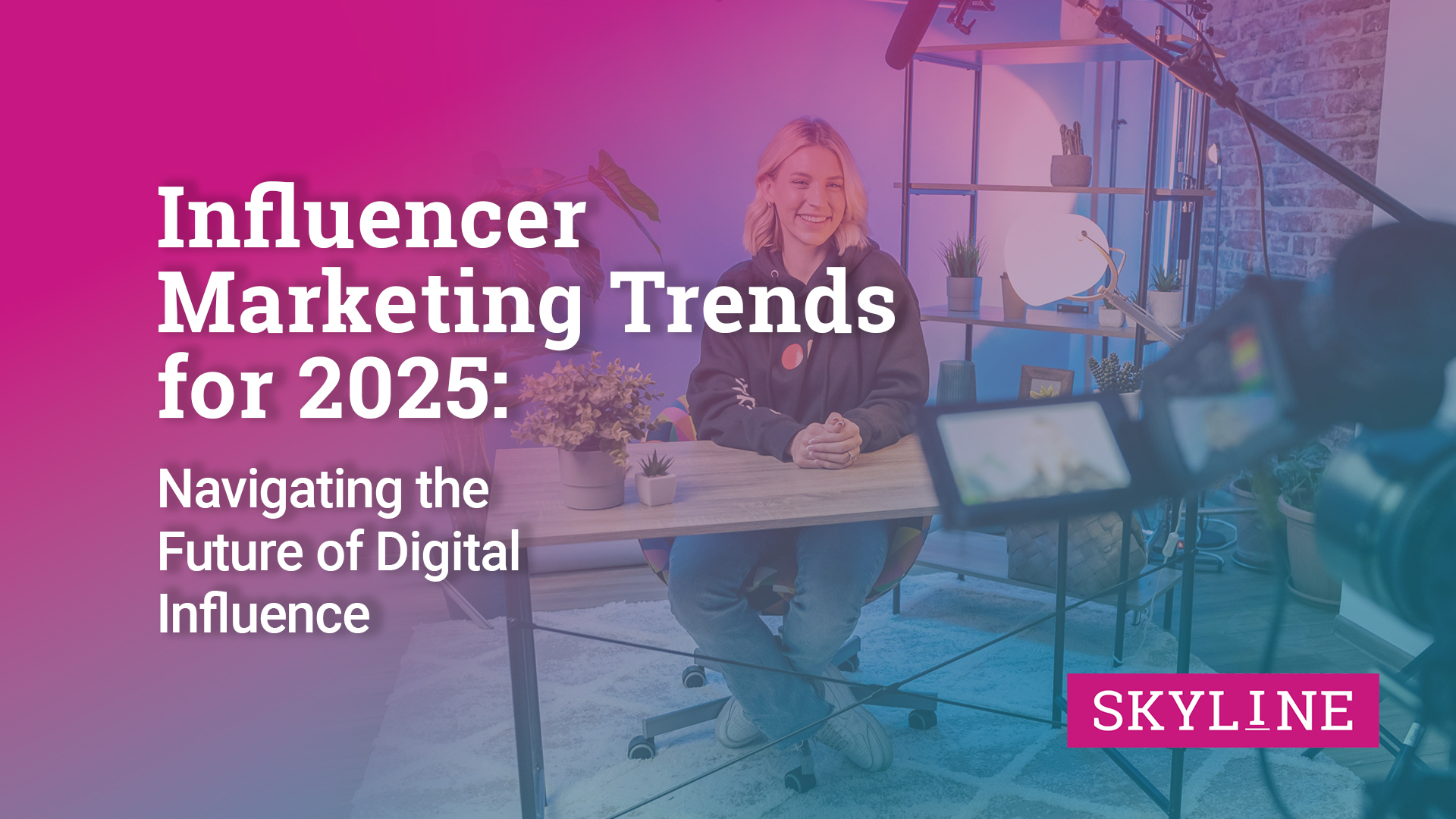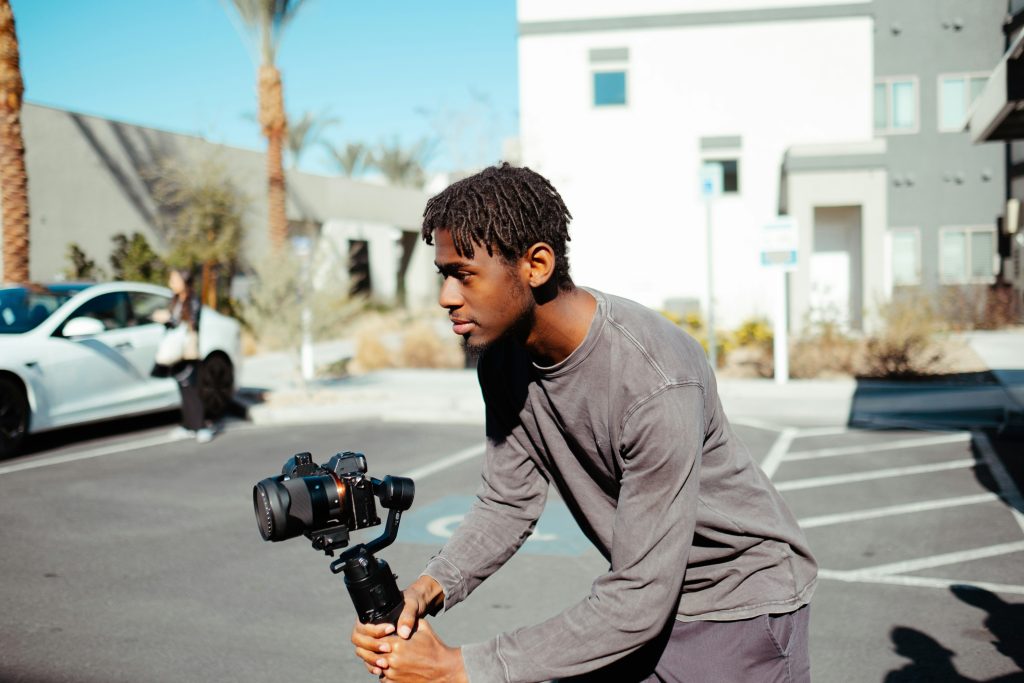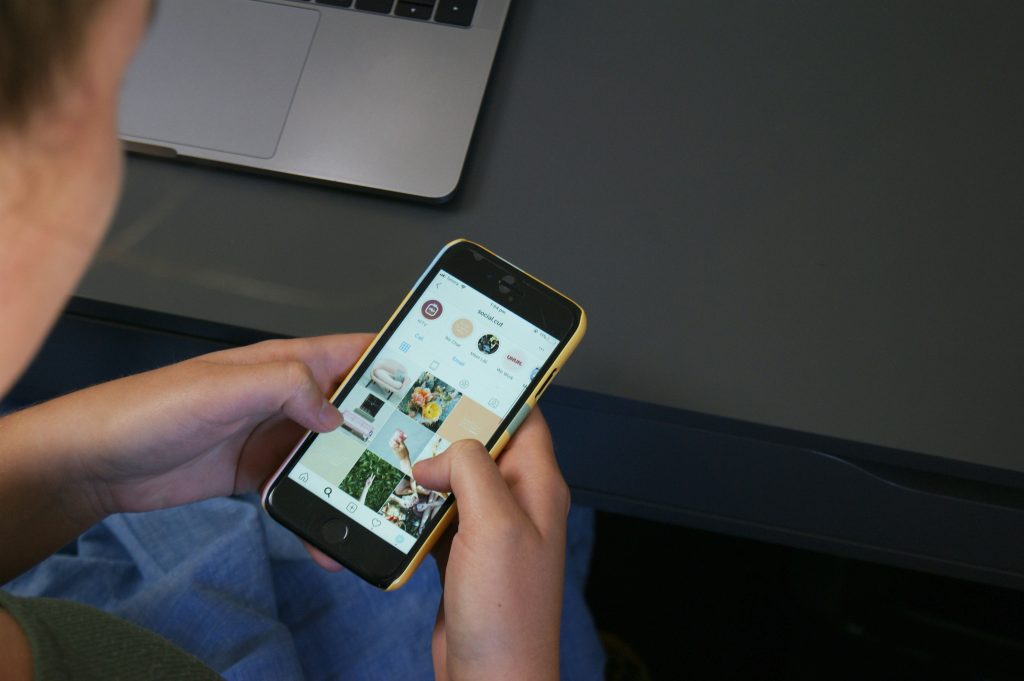Influencer marketing has become one of the most influential and effective strategies in the digital marketing landscape over the past decade. It has reshaped how brands communicate with their audiences, creating more authentic, personal, and engaging experiences.
The influencer marketing industry will evolve significantly this year and reach a global market size of around $33 billion in 2025. Understanding the upcoming trends is crucial for brands looking to stay ahead of the curve and maximize their marketing strategies.
In this blog, we’ll explore the influencer marketing trends expected to dominate the changing landscape of digital influence this year.

1. The rise of nano and micro-influencers helps reach a niche audience.
In recent years, there has been a notable shift towards smaller influencers—those with fewer than 100K followers, often called nano- and micro-influencers.
While the mega and macro influencers still dominate the industry, smaller influencers are gaining traction due to their highly engaged, niche audiences. In 2025, expect this trend to continue with even more emphasis on these smaller influencers.
Partnering with micro and nano influencers over mega influencers is a more cost-effective marketing strategy.
According to Forbes, 82% of consumers said they are highly likely to follow a recommendation from a micro-influencer compared to a celebrity or more significant influencer. This is mainly because their audiences trust them more, seeing them as more relatable and authentic.

As brands focus on ROI and engagement rates, working with multiple nano and micro-influencers will provide a higher engagement-to-cost ratio. Smaller influencers also offer a way for brands to reach hyper-targeted audiences in niche markets, improving the chances of conversion.
2. AI and automation in influencer marketing will help with campaign management.
Artificial intelligence (AI) has already begun to play a significant role in influencer marketing, and its influence will only grow stronger in 2025. According to Influencer Marketing Hub, 73% of marketers believe AI can largely automate influencer marketing.
From influencer selection to campaign management, AI tools are being developed to help brands streamline and optimize their influencer marketing efforts. Research shows that AI will provide 20% better predictive analytics to forecast campaign performance.
Another key area where AI will significantly impact campaigns is identifying the right influencers. Traditional influencer discovery methods can be time-consuming and inefficient, but AI can analyze data and provide insights based on audience demographics, engagement rates, content style, and emotional sentiment.
Additionally, AI will also help with content optimization. Algorithms can analyze which types of posts resonate most with audiences, allowing brands and influencers to create more effective campaigns.
Automation will improve the management of influencer partnerships. From automating influencer payments to tracking campaign performance in real time, automation tools will help brands scale their influencer marketing efforts more efficiently.
3. Video content continues to dominate, with influencers leveraging it more creatively.
Video content has long been the most engaging form on social media platforms, and this trend will intensify in 2025. With the rise of short-form video platforms like TikTok, Instagram Reels, and YouTube Shorts, video continues to reign supreme in influencer marketing.
Influencers will leverage video even more creatively, engaging with their followers through live streams, tutorials, behind-the-scenes footage, and interactive storytelling. According to research, 87% of people have been convinced to buy a product or service by watching a video.
Brands are also tapping into the power of video to show their products or services in action, with influencer collaborations focused on demonstrating real-life uses and creating compelling narratives around their offerings.

With the rise of immersive technologies like Augmented Reality (AR) and Virtual Reality (VR), influencers may also experiment with new ways to integrate these technologies into their content, providing even more interactive and immersive experiences for their followers.
4. Long-term brand ambassadorships over one-off campaigns.
Short-term, one-off influencer collaborations are becoming less effective as brands seek to build long-term relationships with influencers. Research indicates that brands that maintain influencer partnerships for over a year see an average 300% increase in engagement compared to short-term collaborations.
In 2025, expect more brands to partner with influencers for long-term ambassador programs instead of single campaigns.
According to Dash, 49% of creators say long-term campaigns are their favorite way to work with brands. Long-term brand ambassadorships help brands build trust and credibility over time as influencers become more closely associated with the brand.
Long-term relationships foster more profound, authentic connections with audiences. Ambassadors are also more likely to continue promoting the brand naturally, even outside of paid campaigns.
Brands recognize that influencers who align with their values and genuinely enjoy using their products will have a far more significant impact on consumer behavior in the long run. Additionally, long-term collaborations offer a more predictable ROI and higher engagement rates.
5. Authenticity and transparency are key to increasing brand credibility.
Authenticity has always been a cornerstone of successful influencer marketing. In 2025, it will become even more critical, with 81% of consumers saying that they need to trust a brand before making a purchase.
As audiences become more discerning and skeptical of overt advertising, influencers who provide honest reviews, share their genuine experiences, and advocate for causes they truly care about will resonate more with their followers.
According to date from the consumer expectations section of the Influencer Marketing Report, 67% of consumers think the key to the best brand and influencer collaborations is being honest and unbiased.
Transparency will also play a significant role in influencer marketing. With the increasing focus on social responsibility and ethics, consumers demand that influencers and brands disclose paid partnerships and sponsorships.
The demand for transparency will shape the influencer marketing landscape, with brands and influencers working harder to maintain credibility and trust with their audiences.
6. Social commerce allows consumers to shop directly from influencer posts.
Social commerce, which allows users to purchase directly from social media platforms, has exploded in recent years, and influencer marketing plays a key role in this trend. Research by Statista indicates that social commerce revenues are forecast to skyrocket, surpassing $1 trillion U.S. dollars by 2028.
Nowadays, the ability to purchase products directly from an influencer’s post will be a standard feature of many social media platforms.
Social commerce is gaining traction because it makes the buying process seamless. Instead of navigating to a separate website, consumers can purchase products directly from a social post. Lowering friction and making it easier for consumers to buy impulsively.

Influencers are the perfect marketing strategy to drive these conversions because they have a trusted audience. Brands allowing consumers to purchase directly from an influencer’s platform will drive awareness and facilitate conversions through shoppable content.
7. Integrating influencer marketing into your holistic marketing strategy creates a seamless customer experience.
In 2025, influencer marketing will no longer be a standalone tactic. Instead, it will be integrated into a broader, multi-channel marketing strategy. Nearly half of B2B marketers identified integrating influencer content across their marketing strategies as a top trend.
Integration is key, and influencer marketing can drive more meaningful results as a holistic strategy. For instance, influencers can help amplify content, boost paid media efforts, and increase organic traffic. By aligning influencer campaigns with broader marketing goals, businesses can create more seamless customer experiences across all touchpoints.
In 2025, influencer marketing will become an integrated component of broader marketing strategies. To maximize effectiveness, brands must align influencer collaborations with their content, paid, and SEO efforts.
Influencer marketing in 2025 will be more dynamic, data-driven, and authentic. By embracing these trends, brands can future-proof their influencer marketing strategies, ensuring they remain at the forefront of this rapidly evolving space.
The future of influencer marketing is bright, and those who are proactive in adapting to these changes will reap the rewards in the years to come.